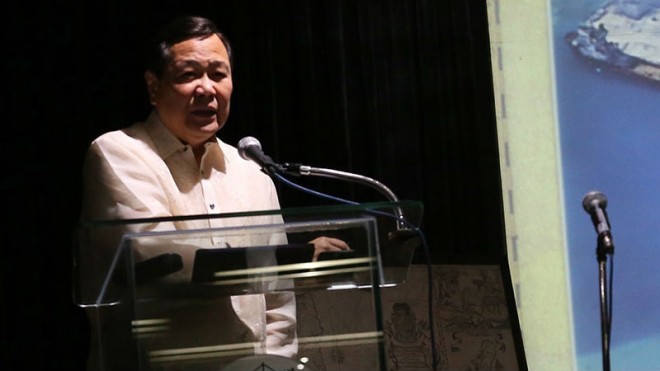
Supreme Court Senior Associate Justice Antonio Carpio INQUIRER FILE PHOTO/JOAN BONDOC
A Supreme Court Associate Justice on Tuesday questioned the presence of an actual rebellion in Mindanao which could have merited a declaration of martial rule under existing laws.
“Under the 1973 Constitution, mere imminent threat is sufficient to cover the martial law. [But] under the present Constitution, there must be actual rebellion,” Justice Antonio Carpio pointed out during the oral arguments on President Rodrigo Duterte’s declaration of martial law in Mindanao.
Duterte on May 23 placed the entire Mindanao under martial rule following the Maute group’s attack in Marawi City.
READ: Martial law declared in Mindanao; Duterte to fly back home from Moscow
During the first day of the scheduled three-day oral argument, Carpio asked the petitioners if there are actual acts of rebellion in Agusan provinces, in Misamis, in Surigao, Dapitan City, Pagadian, Dinagat Island to which Representative Edcel Lagman said none.
READ: No sufficient factual basis for Duterte’s martial law, says Lagman
Solicitor General Jose Calida, based on intelligence report, said the Marawi attack could be the sign for other terrorists in Mindanao to launch simultaneous attacks. This, he said, was the reason why martial law was declared.
“If they [rebels] have the intent and capability but (did) not rise up, that is not sufficient [as a basis for martial law], Justice Carpio added.
Associate Justice Marvic Leonen, on the other hand, asked the anti-martial law petitioners if Duterte’s martial law is too expansive and not limited to where the actual conflict is.
Atty. Marlon Manuel, one of the counsels of petitioners said “what may be necessary for one area may not be necessary (for) another area.” IDL